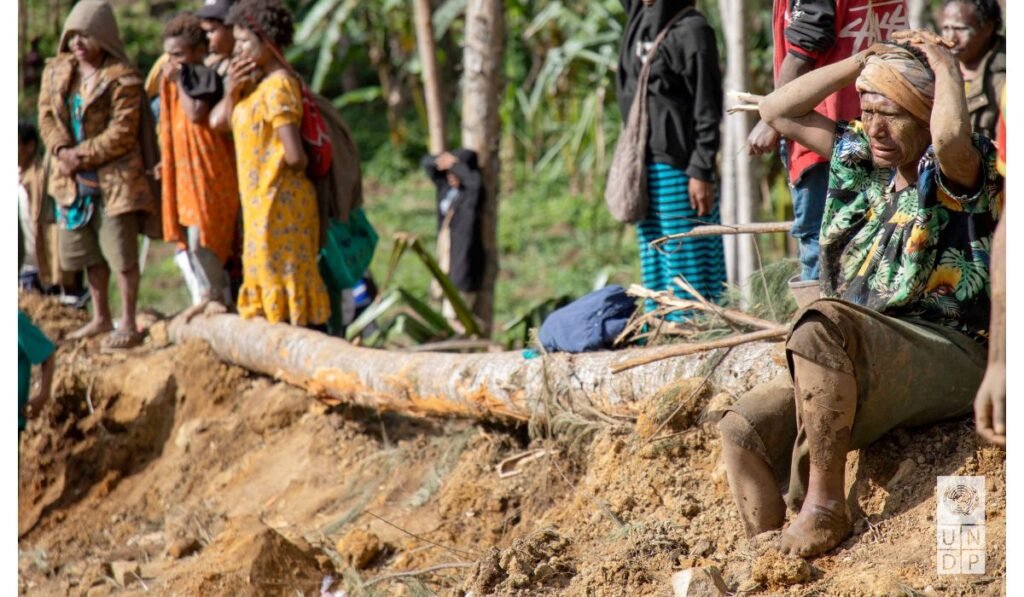SYDNEY (Reuters) – The Papua New Guinea government ordered thousands to evacuate from an active landslide’s path on Tuesday. Parts of a mountain collapsed, burying at least 2,000 people.
Officials said the odds of finding survivors are slim. Relief teams have trickled into the hard-to-access northern Enga region since Friday.
Heavy equipment and aid have been slow to arrive due to the treacherous terrain. Tribal unrest has forced the military to escort relief convoys.
Residents have been using shovels and their bare hands to search for survivors.
“The landslide area is very unstable. When we’re up there, we’re regularly hearing big explosions where the mountain is, there are still rocks and debris coming down,” Enga province disaster committee chairperson Sandis Tsaka told Reuters.
Military personnel had set up checkpoints and were helping move residents to evacuation centres, he said.
The United Nations said on Tuesday six bodies had been recovered so far and the total affected population, including those needing possible evacuation and relocation, was estimated at 7,849.
Papua New Guinea regularly experiences landslides and natural disasters that rarely make headlines, but this is one of the most devastating ones it’s seen in recent years.
The tragic event underscores the importance of robust disaster management systems, particularly in regions prone to natural calamities. Moving forward, the experience gained from the Papua New Guinea evacuations will be invaluable in strengthening disaster preparedness strategies.
Ultimately, the collaborative response to this disaster serves as a testament to the resilience and unity of the global community in the face of adversity.
read more
image source








